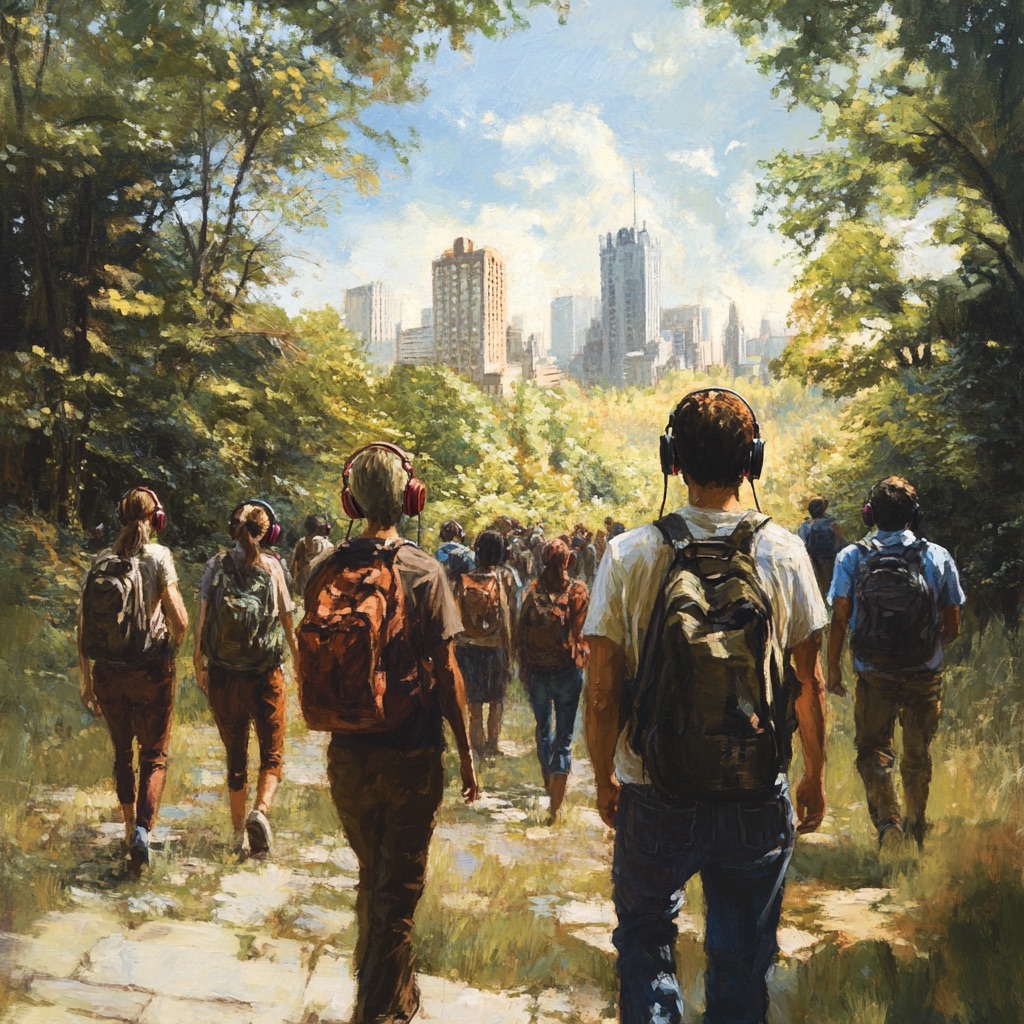A fascinating conversation with Taran N. Khan, for a reading of her first book “Shadow City: A Woman Walks Kabul”.
A book reading with Taran Khan who will be talking to us about her debut non-fiction work, Shadow City: A Woman Walks Kabul. When journalist Taran Khan arrives in Kabul, she uncovers a place that defies her expectations. Her wanderings with other Kabulis reveal a fragile city in a state of flux: stricken by near-constant war, but flickering with the promise of peace; governed by age-old codes but experimenting with new modes of living.
Her walks take her to the unvisited tombs of the dead, and to the land of the living – like the booksellers, archaeologists, film-makers and entrepreneurs who are remaking this 3,000-year-old city. And as NATO troops begin to withdraw from the country, Khan watches the cycle of transformation begin again.


